Types of Koi
Types of Koi
Koi fish can reach up t three feet in length which makes them one of the largest fish that people commonly keep in their garden ponds.
Usually they have two barbells on either side of their jaw and have a round snout that they use for taking in prey.
The female Koi are larger and have a rounder body shape than males. Their fins are short and rounded with lobed fins. Certain varieties can be bred to have long trailing fins.
Koi are available in a variety of colors. Most white or silver with colorful markings and spots.
These markings can be red, gold, black, deep blue or even orange. Their exact color and marks depend on the type of Koi.
Butterfly Koi
Butterfly Koi can also be known as Drago Koi. They have long pectoral and caudial fins. Keepers of Koi seek them out as they are highly prized and valuable.
These Koi can have the same color markings are other Koi and can only be set apart by the length of their fins.
Japanese Koi
These are the most common Koi and recognizable as the variety that you will see in most garden ponds and water gardens.
They are two varieties of Japanese Koi. The Kohaku are white with orange and red markings and are more standard. The second type is the Tancho and look the same as Kohaku with the exception of a single red dot on the top of their head.
Dragon Fish Koi
Not to be confused with the Butterfly Koi variety, the Dragon Koi Fish or Kumonryu is a black and white fish with markings that may change during different seasons.
Black and White Koi
There are two varieties of this breed. The Shor Utsui that have white with black spots and markings. You may see black on one side of the head and white on the other in some of this type.
The other is the Matsuba which is black and white too but it may have black markings over a gold or red body.
Gold Koi
This type of Koi is also called an Ogon and is a prized one color. It will be entirely silver, gold or orange. Koi that have gold marks over a white body are called Ki. Kinrin fish sparkle in the water like gold coins due to their beautiful scales.
Next time we will talk about Koi habitats and the condition of their Ponds. If you would like to know more, ask one of our experts.

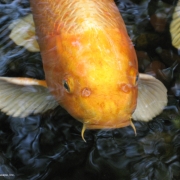
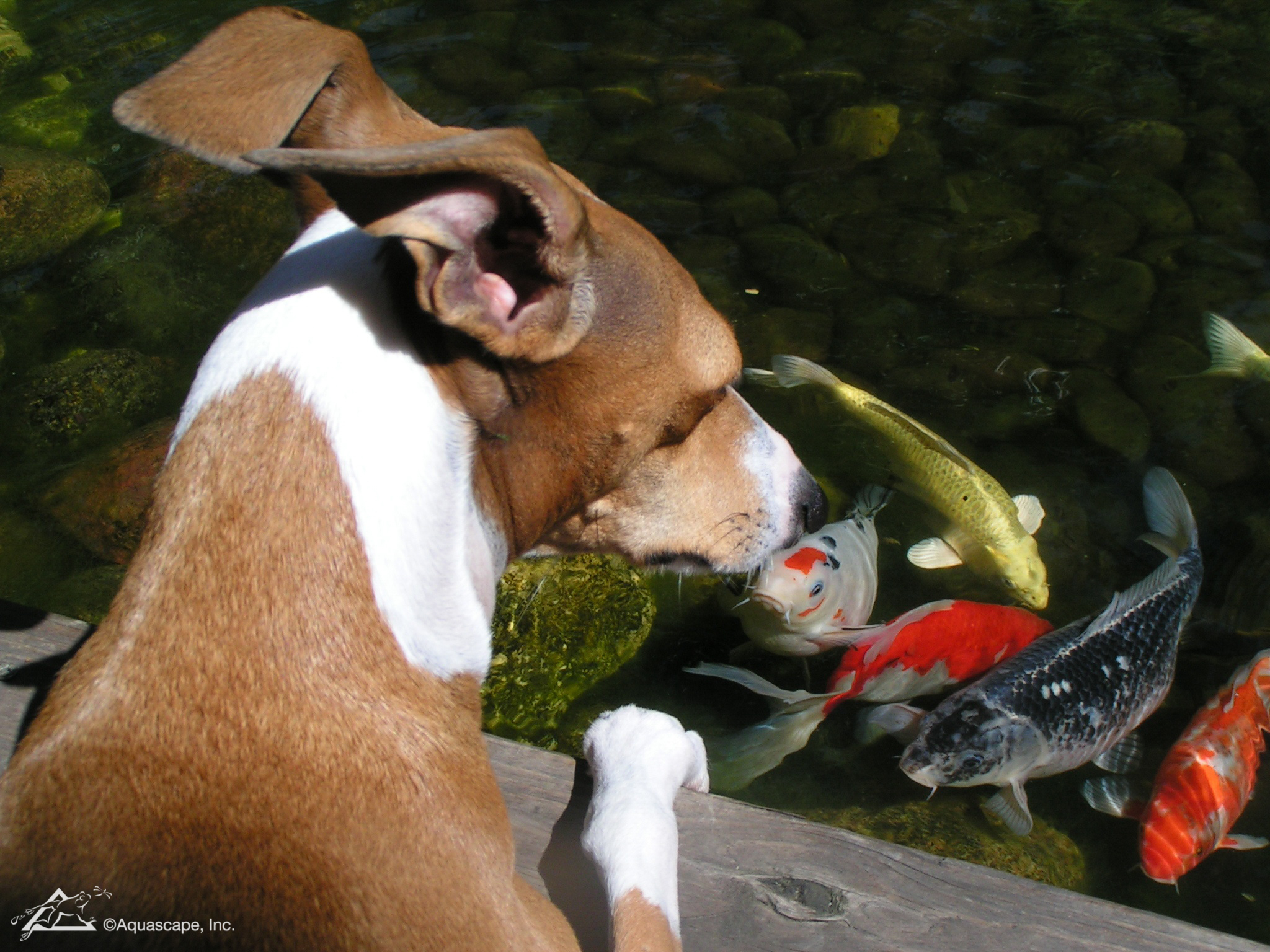
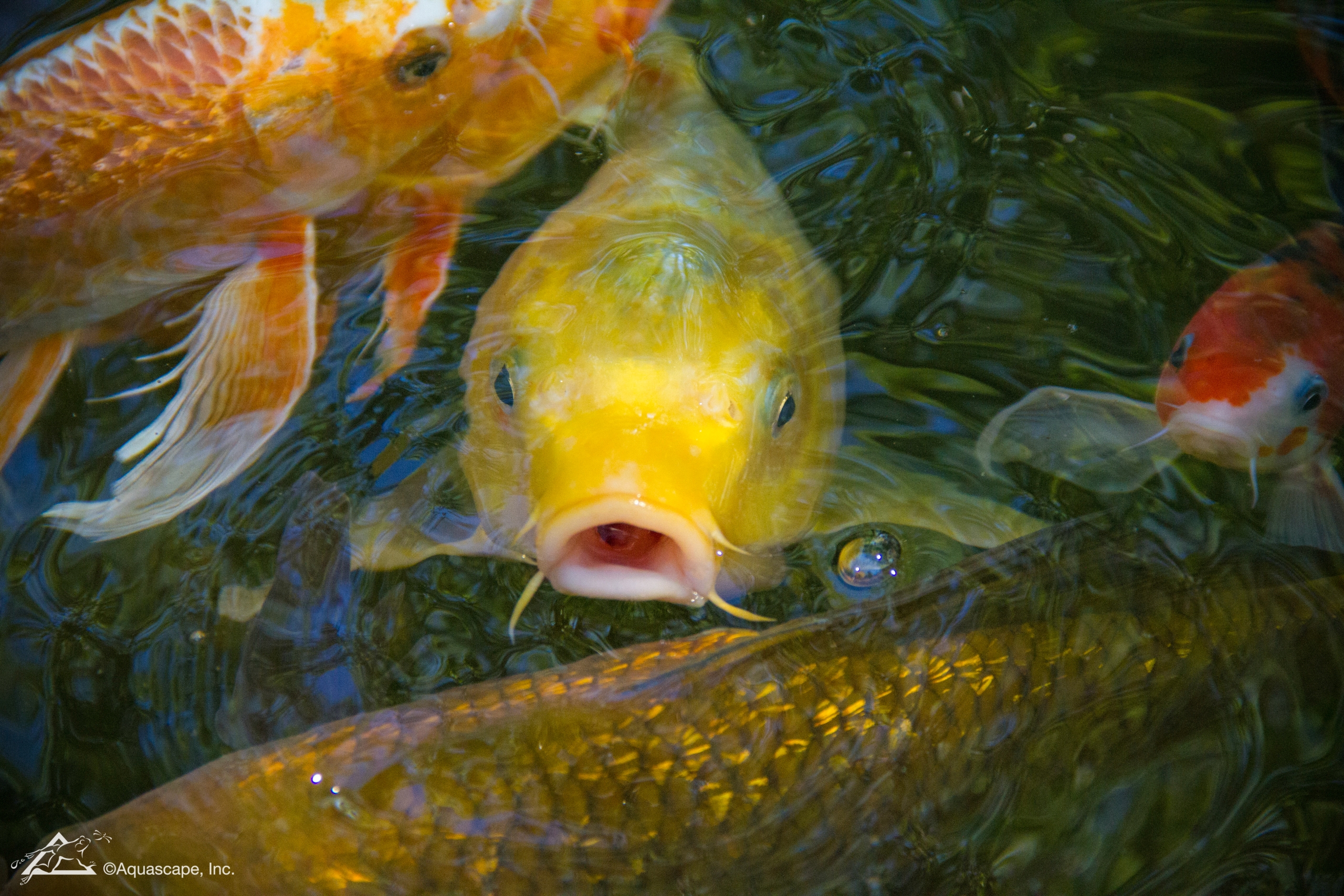
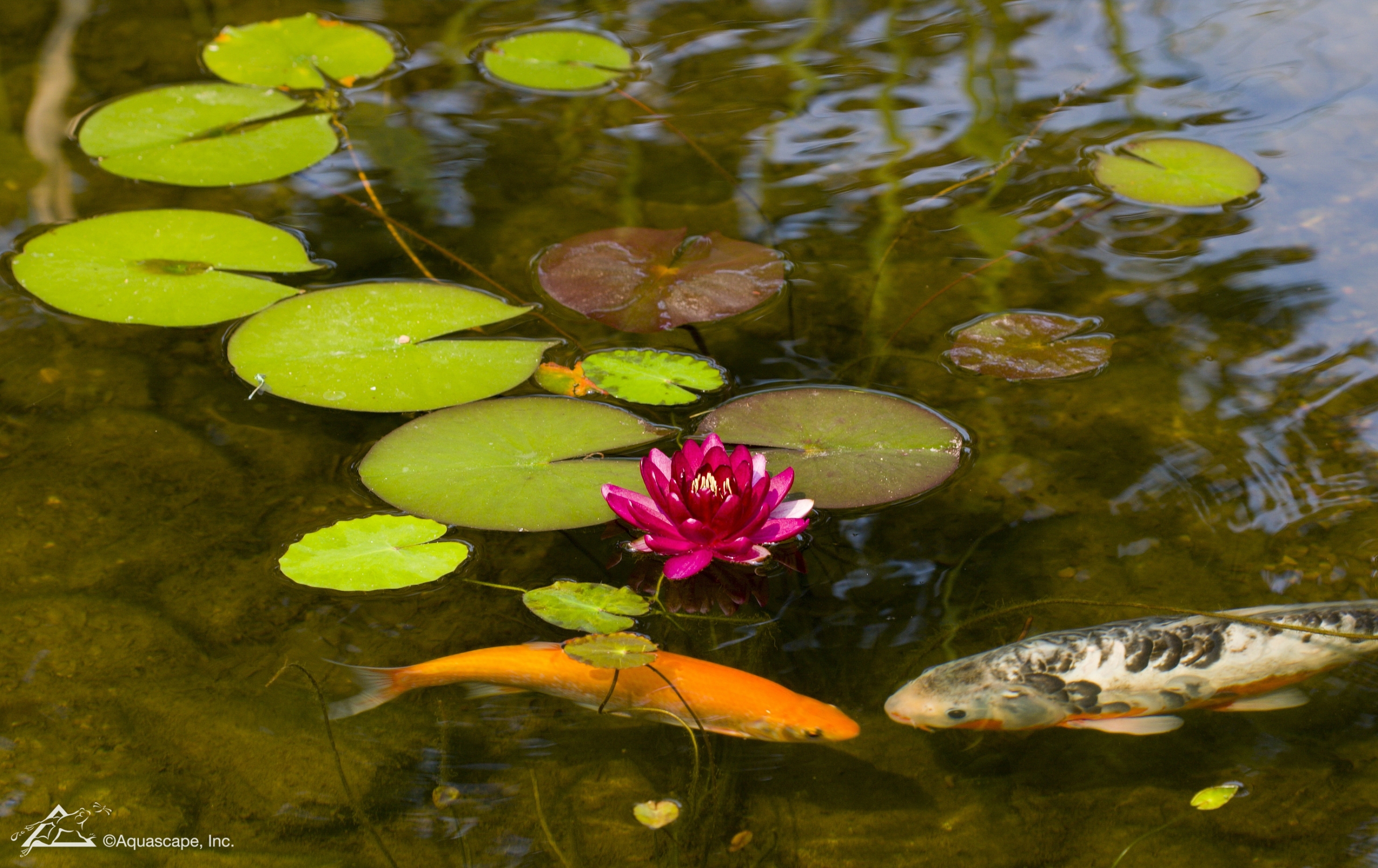


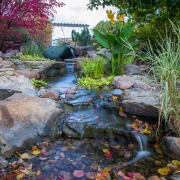
 Meyer Aquascapes
Meyer Aquascapes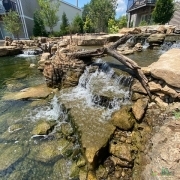
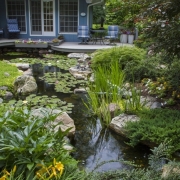
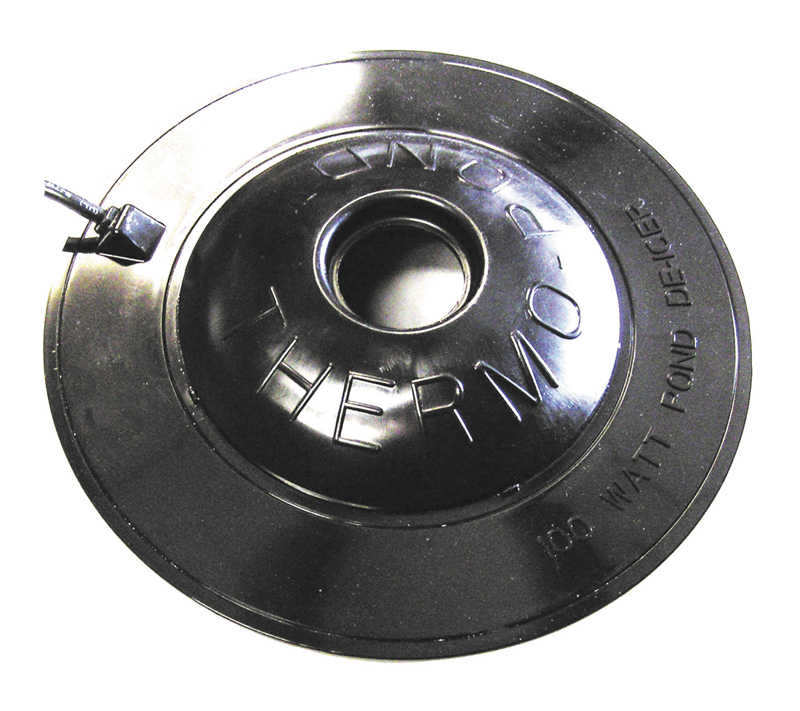 Meyer Aquascapes
Meyer Aquascapes
